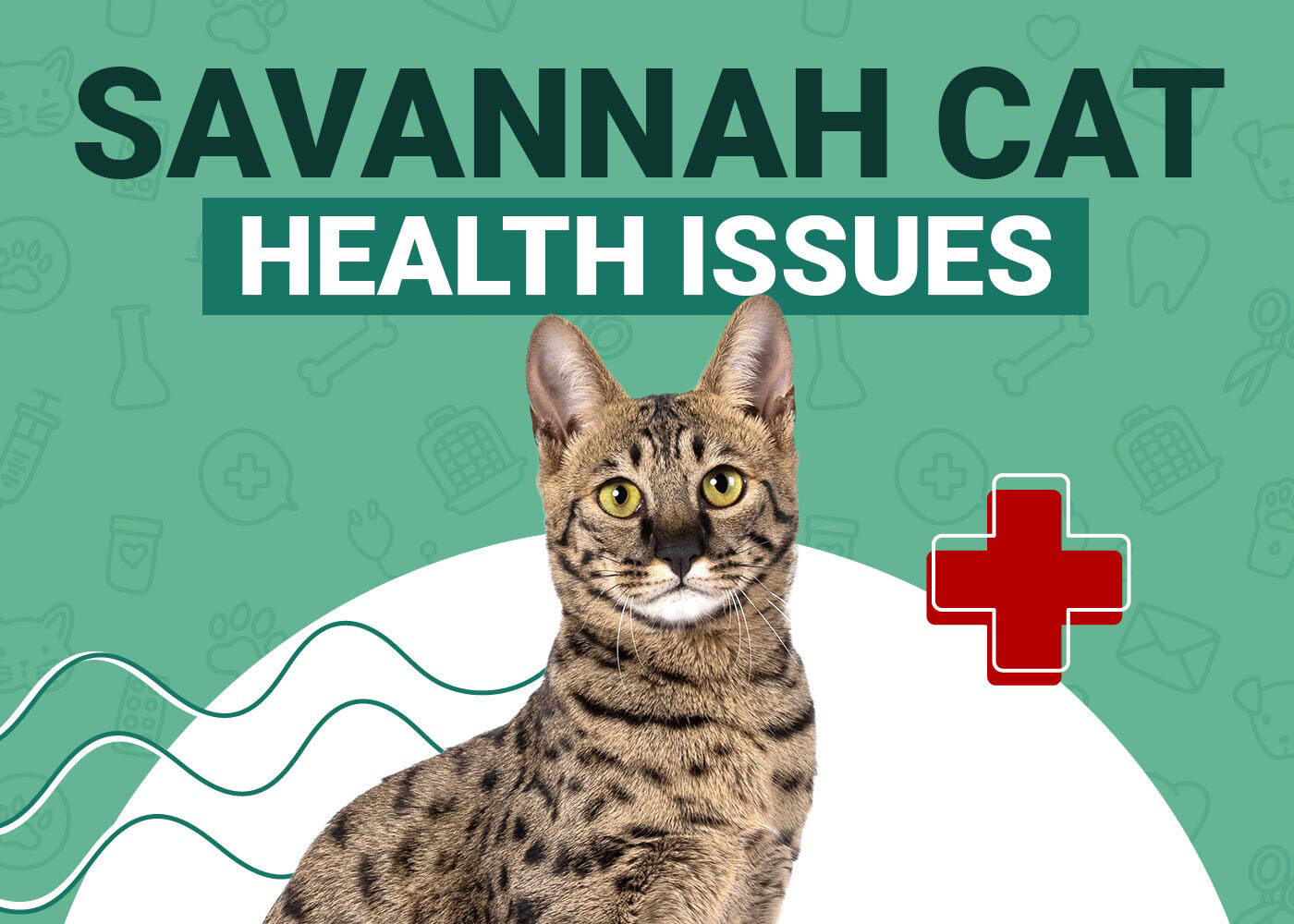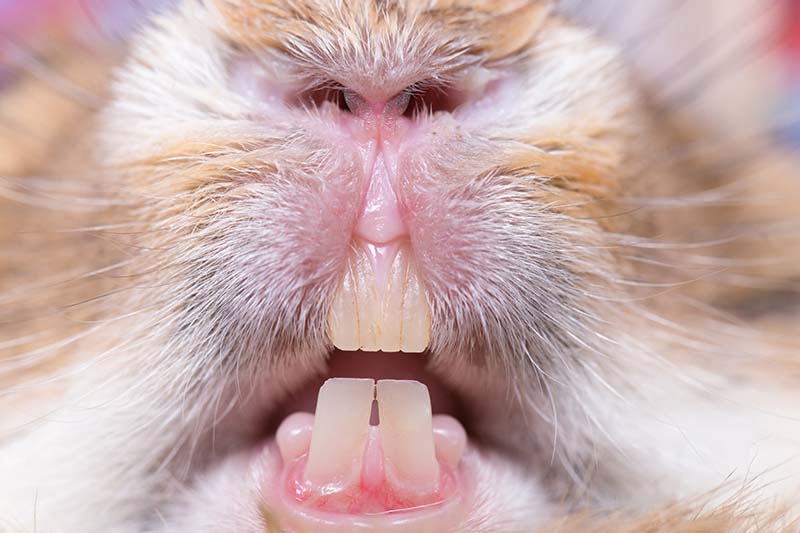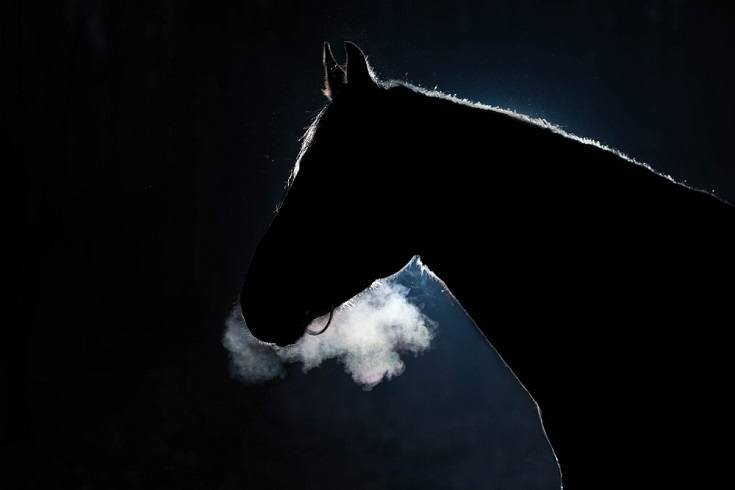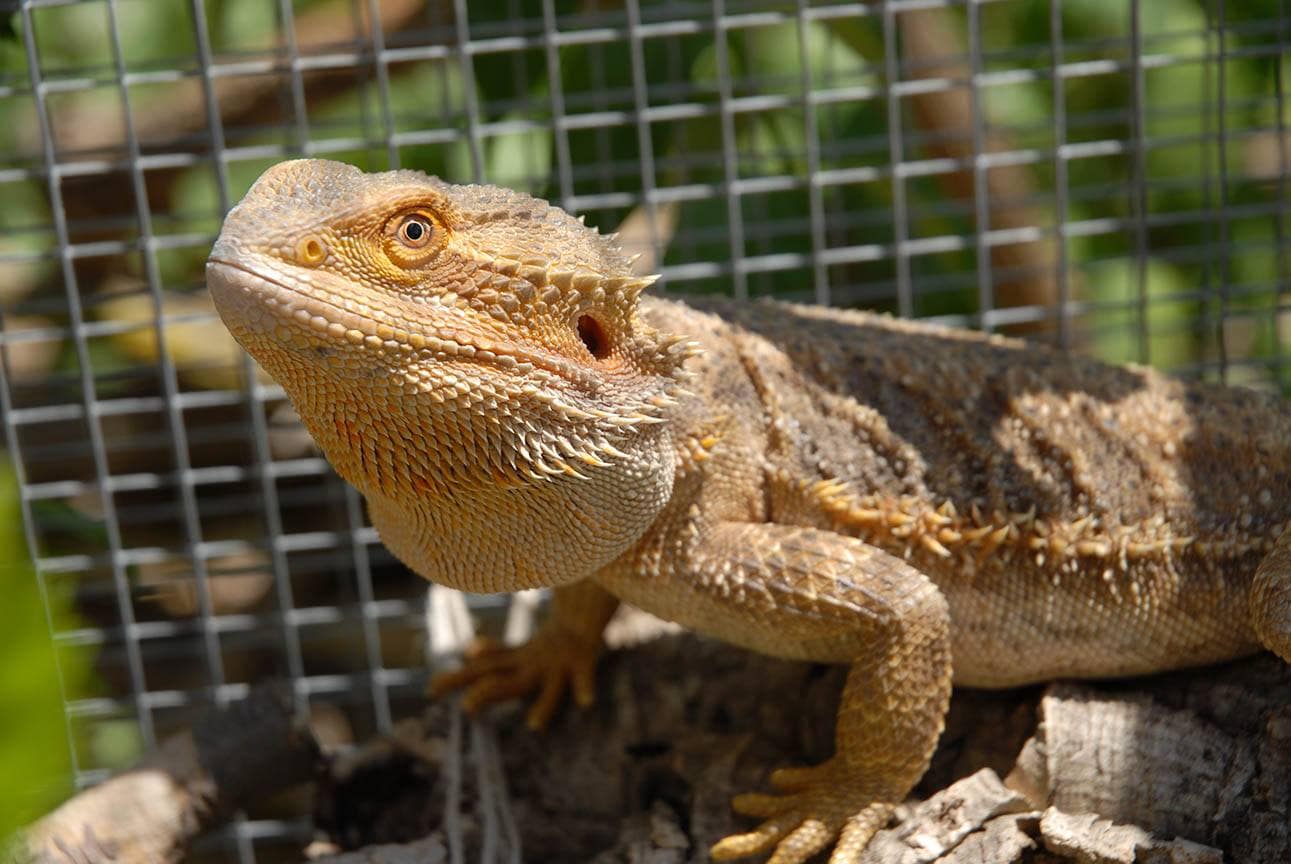VET APPROVED

The information is current and up-to-date in accordance with the latest veterinarian research.
Learn more »The Savannah Cat is a hybrid cat breed that is the result of crossbreeding the exotic Serval with domesticated house cats. Savannah cats can belong to different generations, depending on the ratio of serval to house cat in the bloodline. These cats are playful, loyal, and full of adventure. However, breeding and keeping Savannah cats may be illegal or require a special license depending on your state and country, and the cat’s generation. Many reputable animal organizations discourage such breeding due to welfare implications.
The Savannah Cat breed is a reasonably healthy cat, but they can still suffer from several health conditions, some of which may be inherited. Alongside those, they are also prone to multiple health issues common in cats as a species. Here is a list of 8 of the most common health concerns that can affect Savannahs, including pyruvate kinase deficiency and progressive retinal atrophy, which are inherited in the breed.
The 8 Most Common Savannah Cat Health Problems
1. Pyruvate Kinase Deficiency
Pyruvate kinase deficiency (PK) is an inherited condition that leads to anemia, or destruction of red blood cells, due to a deficiency of that crucial regulatory enzyme.1 Savannah cats are one of the breeds where this condition has been reported, with some cats being only carriers of the trait, which can be exhibited in future generations of kittens. This shows the importance of health and genetic testing in order to pick up the trait and stop breeding affected cats.
The degree of anemia in affected cats can be variable and may occur at any age. In some cats, it can be quite severe and require a blood transfusion.
- Weakness
- Pale or jaundiced gums
- Weight loss
- Reduced activity
- Poor appetite
- Enlarged abdomen
If you are concerned about your cat, we suggest speaking to one of our knowledgeable vets.
2. Progressive Retinal Atrophy (PRA)
Progressive retinal atrophy is also an inherited condition that occurs generally quite late in the cat’s life, causing slow and gradual progression to blindness.2 Affected cats can have normal eyesight at birth, with slow deterioration in the first year of life. Loss of vision can occur after a few years. There are available genetic tests for this condition in order to avoid breeding carrier animals, as they will not develop blindness, but will pass this trait to their offspring. It’s important to test the parents as well as the kittens for this genetic trait.
- Poor vision initially at night
- Bumping into things
- Dilated pupils
- Lack of menace response (when an object comes close to a cat’s face, they should blink)
In case your cat is identified as a carrier or is displaying any signs of poor vision, please get them checked out by your vet as soon as possible.
3. Feline Lower Urinary Tract Disease (FLUTD)
Feline lower urinary tract disease, or FLUTD, covers a variety of disorders that affect the bladder and urethra. These disorders can range from mild to severe. It is one of the most common reasons owners present their cats to the veterinarian for evaluation, and is not breed-related. Any cat can suffer from FLUTD, with male cats being at particular risk of a urinary blockage, which requires urgent treatment as it’s a life-threatening condition.
The disease of the lower urinary tract can be caused by a variety of issues, like inflammation, infection, urinary obstruction, bladder stones, diet, and even behavioral issues such as stress. The prognosis for feline lower urinary tract disease varies depending on the condition that is the root cause of the issue. Regardless of severity, cats do need veterinary intervention for the treatment of FLUTD.
- Straining to urinate
- Urinating small amounts
- Dripping urine
- Frequent and/or prolonged urination
- Crying or bellowing while urinating
- Excessive licking of the genital area
- Urinating outside the litter box
- Blood in the urine
- Vomiting
4. Dental Disease
Dental disease is very common in cats and can affect both the teeth and gums. Studies have shown that anywhere between 50 and 90 percent of cats 4 years of age or older will suffer from some type of dental disease. Dental disease can vary in severity. The good news is that dental disease is highly preventable and treatable if caught early on.
The most common types of dental disease observed in cats include gingivitis, periodontitis, and tooth resorption. Any type of dental disease will be painful and uncomfortable for a cat. In some cases, it will even cause issues with chewing, swallowing, and eating.
You must speak to your cat’s veterinarian for tips on how to prevent dental disease since cats are so highly susceptible. Prevention will not only prevent your cat from experiencing the pain and discomfort associated with the condition, but it will also help prevent hefty veterinary bills and other health conditions that can result from severe dental disease.
- Head shaking
- Pawing at the mouth
- Dropping food from the mouth
- Difficulty swallowing
- Excessive drooling
- Reduced appetite
- Weight loss
- Bleeding from the mouth
- Bad breath
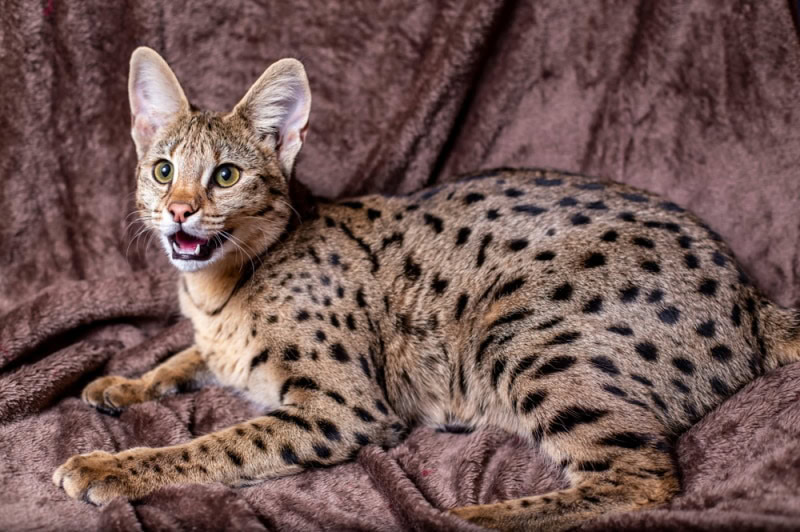
5. Heart Disease
Heart disease is any condition where there is an abnormality in the heart muscle and its functionality. According to several studies and veterinary organisations, heart disease affects around 15% of cats, most commonly causing hypertrophic cardiomyopathy. Heart disease is a very serious and life-threatening condition that can be broken down into two categories: congenital and acquired.
- Congenital- Congenital heart disease can be the result of developmental issues with the heart during fetal development. This type of heart disease generally affects 1 to 2% of kittens, causing heart valve malformations and holes in the heart muscle septum. Minor defects may be tolerable without causing significant health issues, while many will require surgical or medical management. Severe defects may not be fixable.
- Acquired- Acquired heart disease is the onset of heart disease, most often in adult cats, and is the most common heart disorder. Acquired heart disease can be the result of a hereditary health condition with a genetic component that develops during the cat’s adult life. Hypertrophic cardiomyopathy is the most common form of acquired heart disease observed in Less commonly, heart disease occurs secondary to another health issue, such as hypertension or hyperthyroidism.
- Lethargy
- Weakness or lack of activity
- Breathing difficulties
- Open mouth breathing
- Sudden, extremely painful paralysis of the hindquarters
- Fast breathing while resting
6. Diabetes
Diabetes mellitus is an endocrine disease where blood sugar cannot be effectively regulated by the body. The condition is much more common in adults and senior cats and is typically observed more in males than females. Diabetes is on the rise in cats and other companion animals, as it is a health condition that can be predisposed due to obesity and insufficient physical activity.
Diabetes must be managed by a veterinarian. The disease can have a severe impact on your cat’s lifespan and overall quality of life.
- Type I – This means the body can no longer produce or release enough insulin into the body. This form is much rarer in cats than in type II.
- Type II – In this case, the cat’s body can produce insulin, but the cells in the body are not able to properly respond to insulin. This type of diabetes is common in overweight, older cats that eat diets high in carbohydrates.
- Increased urination
- Increased thirst
- Increased appetite
- Lethargy/weakness
- Dehydration
- Diarrhea or vomiting
- Weight loss
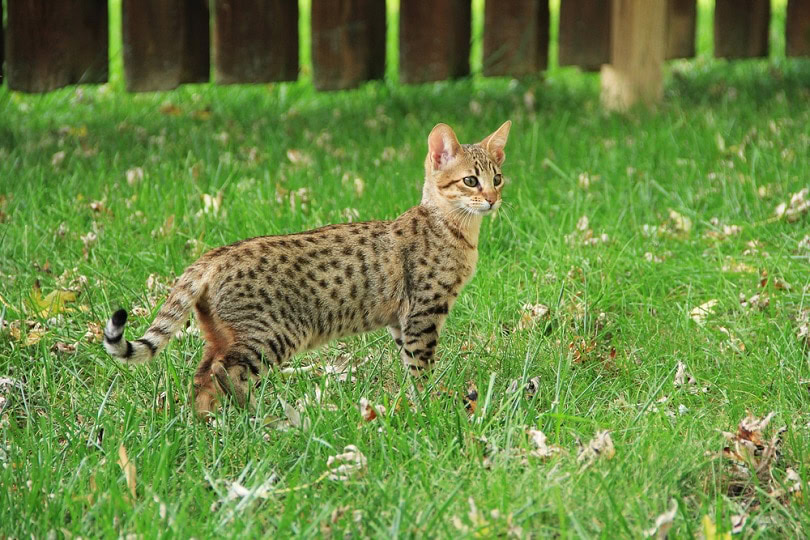
7. Hyperthyroidism
Hyperthyroidism is another disease of the endocrine system and is also more common in middle-aged to older cats. This disease is the result of increased production of thyroid hormones. Because thyroid hormones play a vital role in the rest of the body, this condition can also lead to secondary conditions.
A veterinarian is needed to properly diagnose and treat hyperthyroidism. Treatment will be dependent on the specific patient and can consist of medication, radioactive iodine therapy, surgery, and even dietary therapy. Generally, the prognosis of hyperthyroidism is good with proper treatment, though complications can occur if other organs have been affected.
- Weight loss
- Increased thirst
- Increased appetite
- Increased urination
- Restlessness
- Crankiness or aggressive behavior
- Unkempt coat
- Increase in vocalization
- Noticeable lump on the neck or goitre
8. Chronic Kidney Disease (CKD)
Chronic kidney disease, or CKD, is a condition that arises due to damage to the kidneys. The kidney’s main purpose is to remove waste from the bloodstream, help to regulate certain minerals, conserve water for the body, and produce urine to excrete the gathered waste. The condition is very common in middle-aged and older cats, as the kidneys tend to show damage over time.
A veterinarian will need to perform a urinalysis and blood tests to evaluate and properly diagnose possible kidney issues. While there is no cure for CKD, there are treatment options that can help with longevity and quality of life. Prognosis is dependent on the individual cat and how well they respond to treatment options.
- Increased thirst
- Increased urination
- Changes in appetite
- Weight loss
- Bad breath
- Lethargy
- Vomiting
- Diarrhea
- Anemia
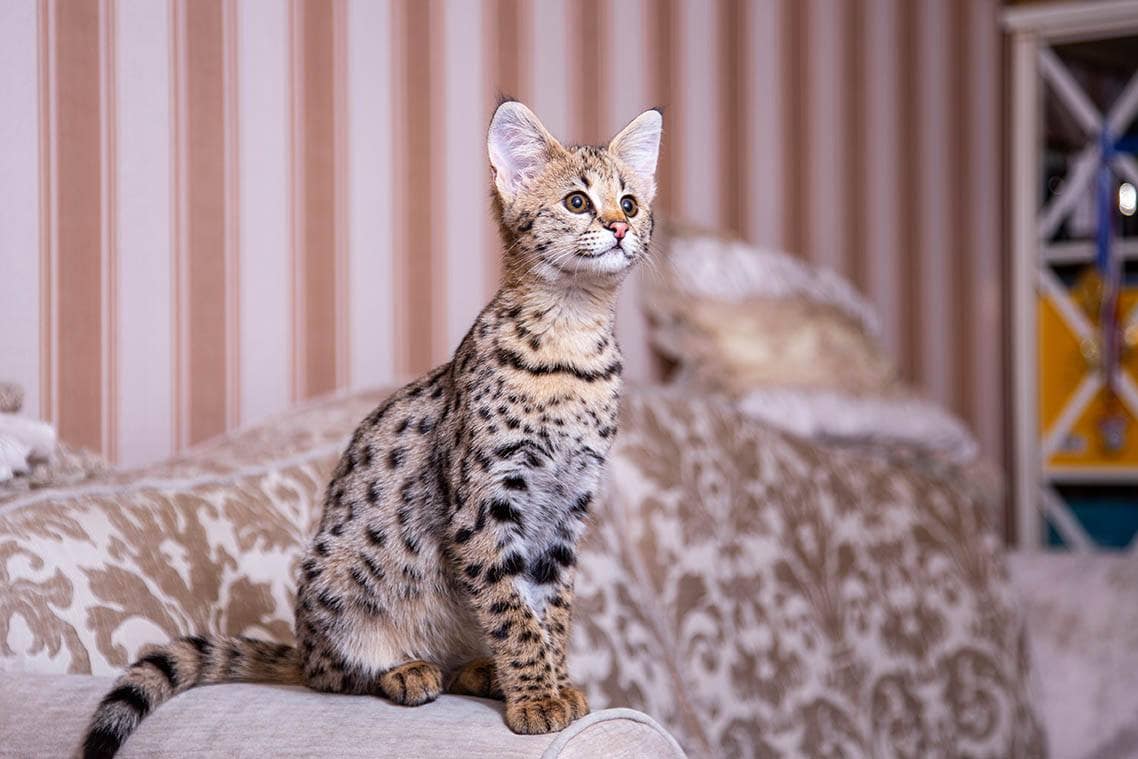

Conclusion
Savannah Cats are generally a healthy hybrid cat breed, currently with two known hereditary health conditions that they are predisposed to. Even the healthiest of breeds can suffer from health conditions that are common to all domesticated cats. They need to be fed a well-balanced, nutritious diet, receive regular veterinary care, and get an adequate amount of safe outdoor physical and mental stimulation for the sake of their overall health and well-being.
Kittens and their parents and grandparents should be health and genetically tested to ensure they are not carriers of the hereditary conditions we discussed, while breeding and keeping Savannah cats remains a controversial topic due to their wild origins and welfare implications of keeping such cats as house cats. There are legal restrictions in some countries and states when it comes to owning Savannah cats.
- Erythrocyte Pyruvate Kinase Deficiency (PK Deficiency) | Veterinary Genetics Laboratory
- Progressive Retinal Atrophy (PRA rdAc) (Abyssinian) | Veterinary Genetics Laboratory
- Progressive Retinal Atrophy in Cats | VCA Animal Hospitals
- Feline lower urinary tract disease (FLUTD) | American Veterinary Medical Association
- Dental Disease in Cats | VCA Animal Hospitals
- Feline Dental Disease | Cornell University College of Veterinary Medicine
- Heart Disease in Cats | VCA Animal Hospitals
- Hypertrophic Cardiomyopathy | Cornell University College of Veterinary Medicine
- Diabetes Mellitus in Cats – Overview | VCA Animal Hospitals
- Obesity in Cats | VCA Animal Hospitals
- Hyperthyroidism in Cats | Cornell University College of Veterinary Medicine
- Hyperthyroidism in Cats | VCA Animal Hospitals
- Chronic Kidney Disease | Cornell University College of Veterinary Medicine
Featured Image Credit: Kolomenskaya Kseniya, Shutterstock
